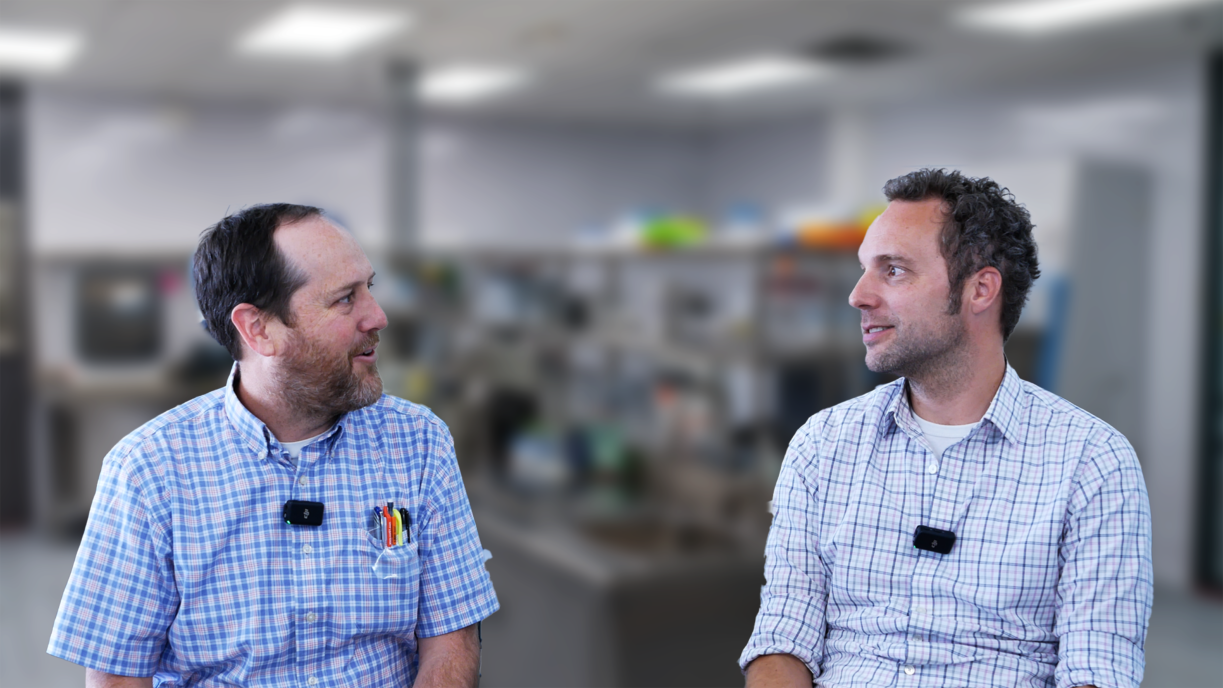
Bio Break: Understanding Shear Stress
Nick Allan and Joris van der Heijden dive into a critical concept in drug delivery and biopharmaceutical development: shear stress. Understanding shear stress, especially when dealing with delicate therapies like cell and gene treatments or mRNA vaccines, can have profound effects on drug viability and efficacy. Nick walks us through how shear stress is identified, measured, and mitigated during product design and development.
Starting with computational fluid dynamics (CFD), Nick explains how engineers use advanced simulations to predict problematic areas in fluid flow paths. These visual models highlight zones where shear stress is likely to occur, helping developers design around potential risks. However, Nick emphasizes the importance of understanding shear stress by validating simulations with real-world data, noting the adage, “garbage in, garbage out.”
The conversation then transitions to experimental testing, where Nick shares practical methods for quantifying the effects of shear stress on biological systems. For stem cell therapies, simple viability assays using microscopes or green fluorescent protein markers offer insight into cell health after exposure to shear. Similarly, mRNA vaccines housed in lipid nanoparticles are tested for structural integrity under shear conditions. Techniques like Zeta potential analysis and transfection assays help researchers determine whether shear has compromised the lipid nanoparticle or the mRNA payload, aiding in the understanding of shear’s impact.
Nick and Joris also discuss how shear stress impacts both functionality and structural integrity, particularly when delivering therapies through methods like cannulas, needles, or nebulizers. Testing and simulation, they conclude, must work hand in hand to ensure therapies remain effective and viable during real-world use, reinforcing the importance of understanding shear stress.
This Bio Break episode is a must-watch for anyone working in drug delivery, biopharma, or medical device engineering. Gain insights into the tools and strategies for identifying, measuring, and addressing shear stress in sensitive therapies.
Understanding Shear Stress
Related Resources
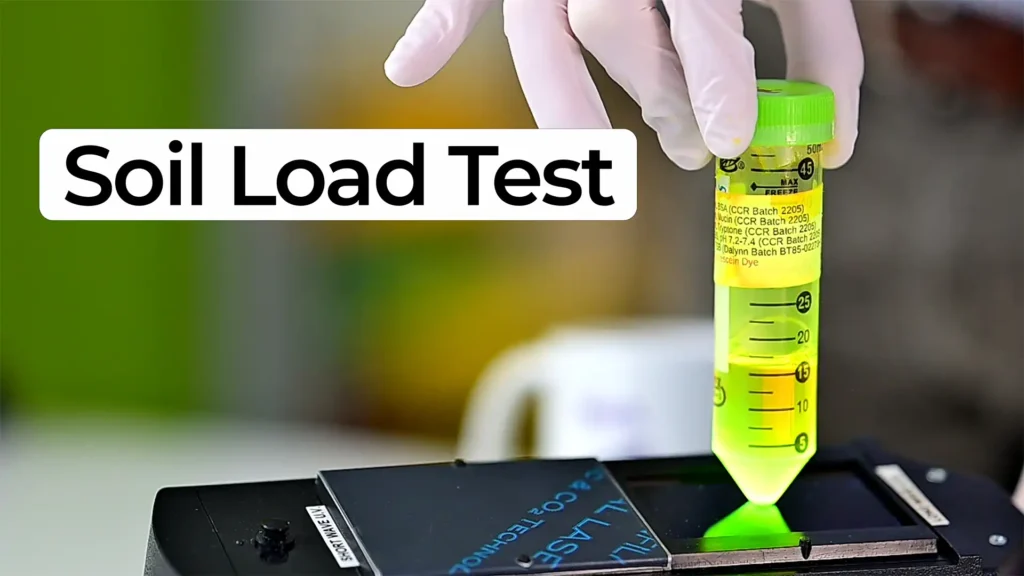
Nick Allan and Nigel Syrotuck explain how a fluorescent protein assay helps engineers measure contamination and cleaning performance in medical devices.
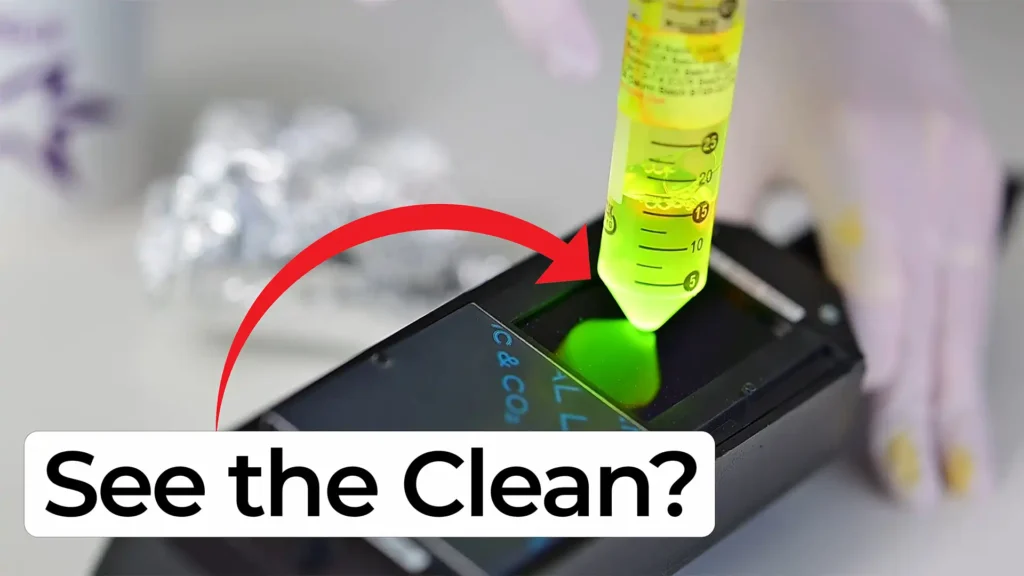
Nick Allan and Nigel Syrotuck explore a creative approach to visualizing cleaning validation using a fluorescent soil load.
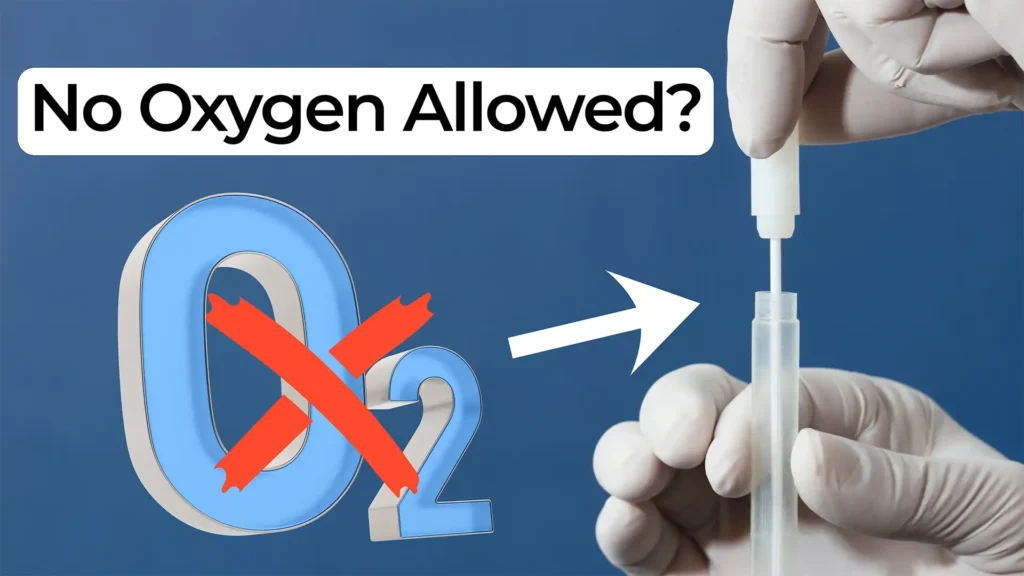
Nick Allan joins Nigel Syrotuck to explore how anaerobic sample collection works and why it’s vital for studying bacteria that cannot survive in oxygen.
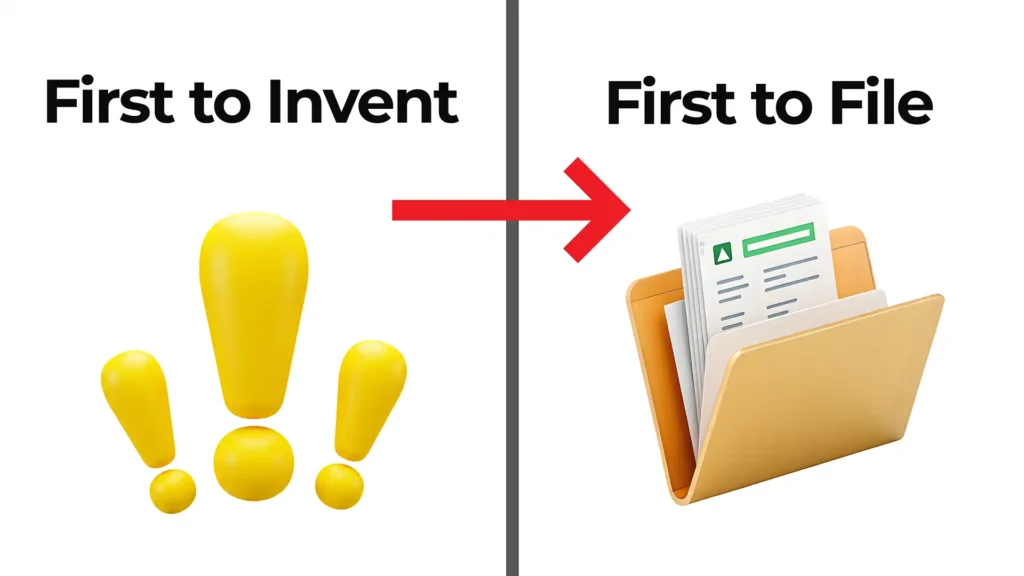
Nick Allan and Nigel Syrotuck dive into the evolution of patent documentation habits in engineering and medical device development.
